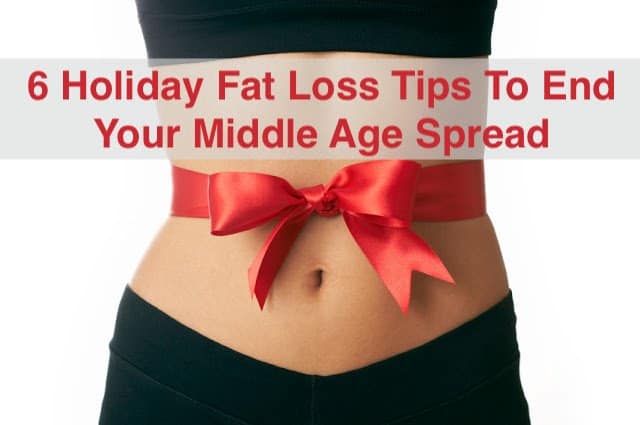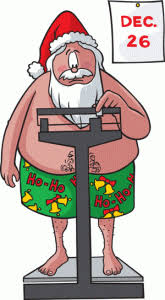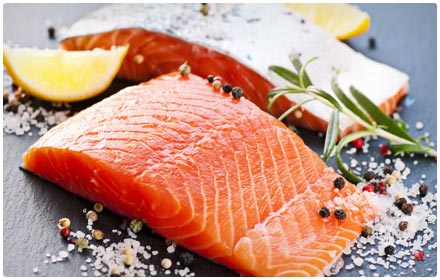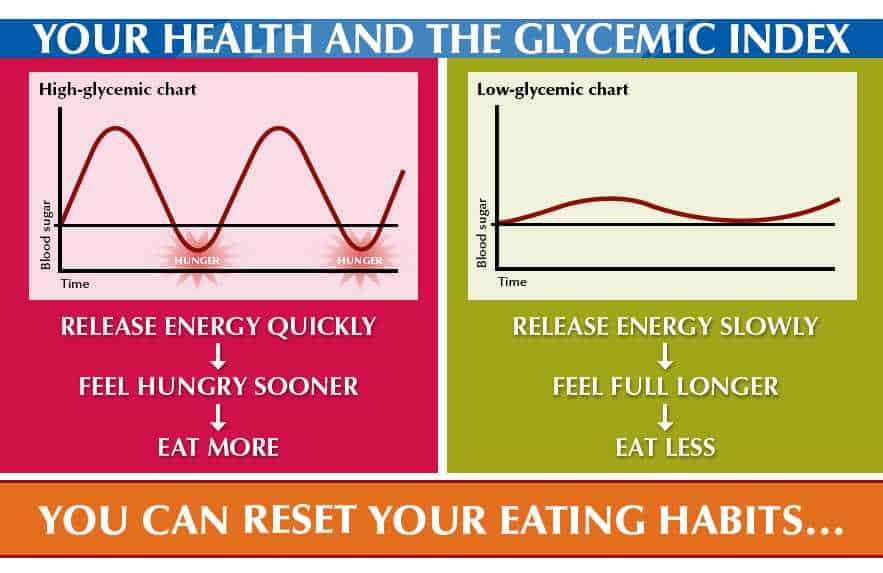6 Holiday Fat Loss Tips To End Your Middle Age Spread
Of course you could use some holiday fat loss tips, because you know that’s when you gain the most weight during each and every year. And that adds up. End the creeping “middle age spread” with these six holiday fat loss tips you can being using now!
THERE’S A hundred plans designed to help you lose body fat, and perhaps you’ve tried a few.
Rather than suggest some “plan”, how about a fast look at six tips you can use to whittle away fat and uncover that muscle that surely must exist somewhere under the layers of that squishy stuff?
Given that we’re in the midst of the “holiday season,” these six holiday fast loss tips can be grabbed and used right away.
The focus here is to pick one tip. Try it. Then pick another to try. Keep going. Soon you will have created your own fat loss plan, one of your own design that works for you!
Most of us don’t lose the weight we gain during the holidays.
As I write this, Thanksgiving is in the rear view mirror, and Christmas, Hanukkah, New Year and other holiday celebrations are coming up. These holidays are typically celebrated with an over indulgence of food and drink, which, says Examine.com, causes the most weight gain experienced during the year — weight which incidentally tends to stick around, making us fatter year by year.
Given that a big reason many of us tend to keep gaining body fat with each succeeding year is that we don’t lose the body fat put on during the holidays this year before the next one is upon us. So, for instance, one year you gain five pounds during the holidays, and you lose three of them, but then the next year’s holiday is upon you, whereupon you gain another five pound and lose only three of those the following year.
Tally: Two years; net gain = 4 lbs.
This cycle continues way beyond a mere two years. Indeed, the net body fat gains of successive holiday seasons are a big contributor to the so-called “middle age spread.”
Various studies have found that weight gain during the holiday seasons is not lost during the spring and summer months, suggesting that holiday treats may be a key player in the slow, insidious weight gain most adults observe with age. (1, 2)
One study found that people gain an average of 500% more weight per week during the holiday compared to non-holiday weeks.
What to do?
Well, that’s up to you. As already mentioned, my suggestion is that you peruse the following list of six holiday fat loss tips and choose one or more that you can reasonably see yourself doing and then do it.
The more of these holiday fat loss tips you do, the greater will be your ability to either lose the body fat you typically gain during the holidays, or not gain it at all.
Let’s dive in…
#1 Eat protein and lots of it is the easiest holiday fat loss tip of all.
Unless you’re a body builder, or past 65 years of age, I don’t recommend that you go overboard with consuming protein.
Body builders need a lot of protein because they consistently break down muscle tissue that then needs to be “built back up” in order for the muscle to grow.
Older people need more protein than when they were younger to help avoid a decrease in skeletal muscle that commonly occurs with aging, as well a reduction in other physiologic proteins such as organ tissue, blood components, and immune bodies. (3)
That said, when you’re presented with a cornucopia of food several times during a short window of time — the holidays — it’s wise to get full with protein. This is so easy to do because most holiday meals are loaded with protein.
The aforementioned Examine.com article says this about protein:
“Overeating protein appears to be protective against fat gain, especially in people who lift weights.”
(I’ll touch on that “lift weights” part in #5 below.)
The idea here is that since you’re going to overindulge, focus your overeating on protein-rich foods, because doing so minimizes fat gain during overeating itself and the protein itself has satiating properties that might fill you up faster with fewer calories ingested.
As a bonus, if you are looking to manage blood sugar levels, eating protein before starchy carbohydrates has been shown to reduce post-meal blood glucose and insulin responses.
#2 Eat more healthy macronutrients.
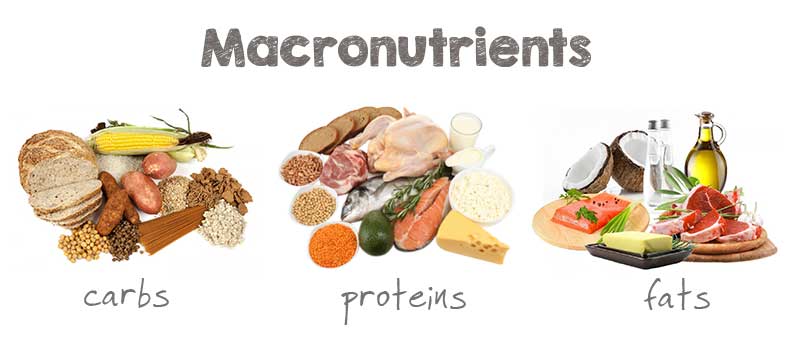 Protein, fat and carbohydrates are referred to as “macronutrients. Their quality matters greatly.
Protein, fat and carbohydrates are referred to as “macronutrients. Their quality matters greatly.
A Big Mac has all three macronutrients, but their quality is so poor that if your diet consisted of Big Macs, you would soon develop the dreaded Metabolic Syndrome; meaning that you’d become fat and dangerously unhealthy.
The questions to ask yourself before you select a meal to devour is:
- Is the protein source not contaminated with hormones and antibiotics?
- Is the fat content of the meal derived from organic diary, cold pressed olive oil, fish oil, flax, hemp and/or chia seed sources?
- Are the carbohydrates mainly from colorful vegetables, whole fruits, lentils and beans?
If the answers are mostly “yes” most of the time, dig in.
#3 Get most of your carbs from veggies and whole fruits.
I touched on this in the last bullet point above, but it’s important enough to dig deeper into.
The aim is to avoid high glycemic and processed carbs, such as grains and anything that comes in a box. Instead, focus on colorful vegetables like leafy greens, broccoli, asparagus, kale, bok choy, cucumbers, red bell peppers, red chard, purple eggplant, apples, berries, kiwi and pears.
The reason for this is that:
High glycemic carbs quickly are converted to sugar (glucose), and if your body does not need to use this energy, it becomes body fat.
Here’s a table of the glycemic index of various foods to help guide your selection:
#4 Get your gut healthy.
There’s much to know about gut health, and it’s important that you at least know the basics.
Your gut might be unhealthy if you experience bloating, indigestion, constipation, mood swings, can’t seem to lose weight or consistently get the flu. Yes, strangely, though some of these symptoms appear unrelated, the common denominator could be the ratio between your beneficial and harmful gut bacteria.
Poorly functioning digestion is sure to inhibit fat loss by leading to an increase in cortisol and a decrease in overall neurotransmitter production. Plus, it makes you feel sluggish, lowering mood, motivation, and energy levels.
Two bad gut culprits are:
• Harmful bacteria — Overwhelm them by eating probiotic, prebiotic foods, phytonutrients and pea protein to build the strength of the beneficial bacteria.
• Chronic inflammation — Calm that down by avoiding foods that you’re sensitive to, and eating indigestible fiber from plants. In his book, Your Personal Paleo Code, Chris Kresser offers a systematic way to identify foods that are harmful to you.
If you think your health problems emanate from your gut, it is well worth your time and focus to get up to speed on the topic. I encourage you to read the following articles:
100 Trillion Reasons You’re Fat, Sick and Depressed
The 4 Food Solution to the 100 Trillion Reasons You’re Fat, Sick and Depressed
Discover Your Microbiome With The uBiome Test
Can The Right Gut Bacteria Fight Obesity And Slay Metabolic Syndrome?
You can get all the bacteria in and on your body that incontrovertibly affect your health tested at uBiome.
uBiome
#5 Do high volume full-body resistance and HIIT.
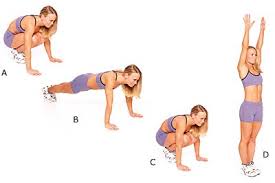 The objective here is to make your body a fat-burning machine. Achieve this by building muscle and creating metabolic stress, which in this case is a good kinda stress.
The objective here is to make your body a fat-burning machine. Achieve this by building muscle and creating metabolic stress, which in this case is a good kinda stress.
Do this by moving against resistance.
The resistance can be your own body weight, the weight stack on an exercise machine, or barbells/dumb bells.
This “resistance” is experienced in two ways: Volume and Intensity.
High Volume, Full Body Weight Training utilizing loads (the resistance) that are 65 to 85% of your maximum single-rep lift, with rest periods between sets of 60 seconds or less, eight or more reps per set, five or more sets per muscle area.
You’re not isolating muscles, like the chest or quadriceps, but are instead doing movements that employ multiple muscles. That’s why I say “muscle area” rather than specific muscle.
Qualifying weight lifting exercises include:
Squats
Dead lifts
Olympic lifts
Standing overhead press
Body weight exercises include:
Pull-ups/chin-ups
Push ups
Squats
If you have a high strength-to-weight ratio, meaning that you squat 40 times with your body weight, do 20 push-ups and 10 pull/chin-ups, then add a weight vest or put some weights in a backpack.
High Intensity Interval Training (“HIIT”) is the second “resistance” technique. This is different than a high volume weight lifting or body weight exercise program in that it’s shorter, typically does not utilize weights, and can make you want to puke.
It also makes your body produce more human growth hormone, the elixir of the ageless.
You can choose a stationary bike, an elliptical machine, stair machine, do burpees, sprint on grass, or — my favorite — sprint up stairs. You go all out a certain number of times with a certain rest period in between.
There are different formulations for the “on” and “off” period, and the number of sets. Exercise physiologist Phil Campbell has tested them all and recommends eight sets, 10 seconds all out, 30 seconds active rest (say, walking down the stairs after sprinting up them.) I use this system.
Two things to keep in mind if you want to do HIIT:
- It’s almost certain you are not prepared to go all out, even one time. You must gradually prepare for this, and that means warming up and taking it slow.
- It’s almost certain you are not prepared to go all out, even one time. You must gradually prepare for this, and that means warming up and taking it slow.
Get it?
Yes, I did repeat myself for emphasis.
Doing anything other than preparing slowly for HIIT is a disaster waiting to happen.
It’s great to combine HIIT and high volume weight training (though not on the same days). Both build muscle, raise your resting metabolic rate (you burn more calories at rest), and produce sufficient metabolic stress to burn additional calories during the 24-hour post exercise recovery period.
Which brings me to an important point:
The best fat-burning exercise is the one that doesn’t burn the most calories during the exercise itself, but the most calories overall throughout the day.
For more on exercise, check out these articles.
#6 Sleep more, stress less.
Surely, if you do the exercise detailed above, your body will be craving sleep!
Sleep a sound, interrupted seven, eight or nine hours every night. Your adrenals will appreciate it, and be better prepared to avoid a “fight or flight” response when faced with whatever tweaks you.
One good reason a sound night’s sleep is important for fat loss is because when we sleep human growth hormone is released which burns fat. A by product of insufficient sleep is an increase in cortisol production (the so-called “stress hormone”), which further adds to the fat accumulation because it decreases the body’s insulin sensitivity.
Other hormones are compromised as well, such as testosterone (important for body composition in both men AND women, though the fairer sex needs only about 10 percent of that appropriate for men), melatonin (needed for sleep), and leptin (regulates the brain cells that tell you how much to eat.).
Another thing to know is when chronically stressed or sleep-deprived, neurons in the brain die off they compromise the neurological connection from your brain to muscle, and thus reverse the benefits gained by exercise.
(If you think you may be chronically stressed, take these four at home tests and find out.)
Your Takeaway
Remember these key points to help you embark on your holiday fat loss program:
- If it’s likely that you’re going to overeat, begin with protein and eat lots of it first so you become satiated.
- Maximize your consumption of vegetables and minimize your consumption of grains, but when you do eat them, go for low glycemic loads.
- Eat gut healing foods that build up the beneficial microbiota in your gut, such as kiefer, sauerkraut, yogurt, pea protein, and Jerusalem artichoke.
- Vigorously exercise your muscles and cardiovascular system with multiple-muscle exercises and some sort of HIIT. In fact, do a few squats and burpees before your big holiday meal and your body will use the calories rather than store them as fat.
- Sleep more, stress less.
Share this with all your holiday revelers and emerge from this holiday season lean and happy that you’ve broken the cycle of the middle age spread.
Last Updated on July 7, 2023 by Joe Garma

